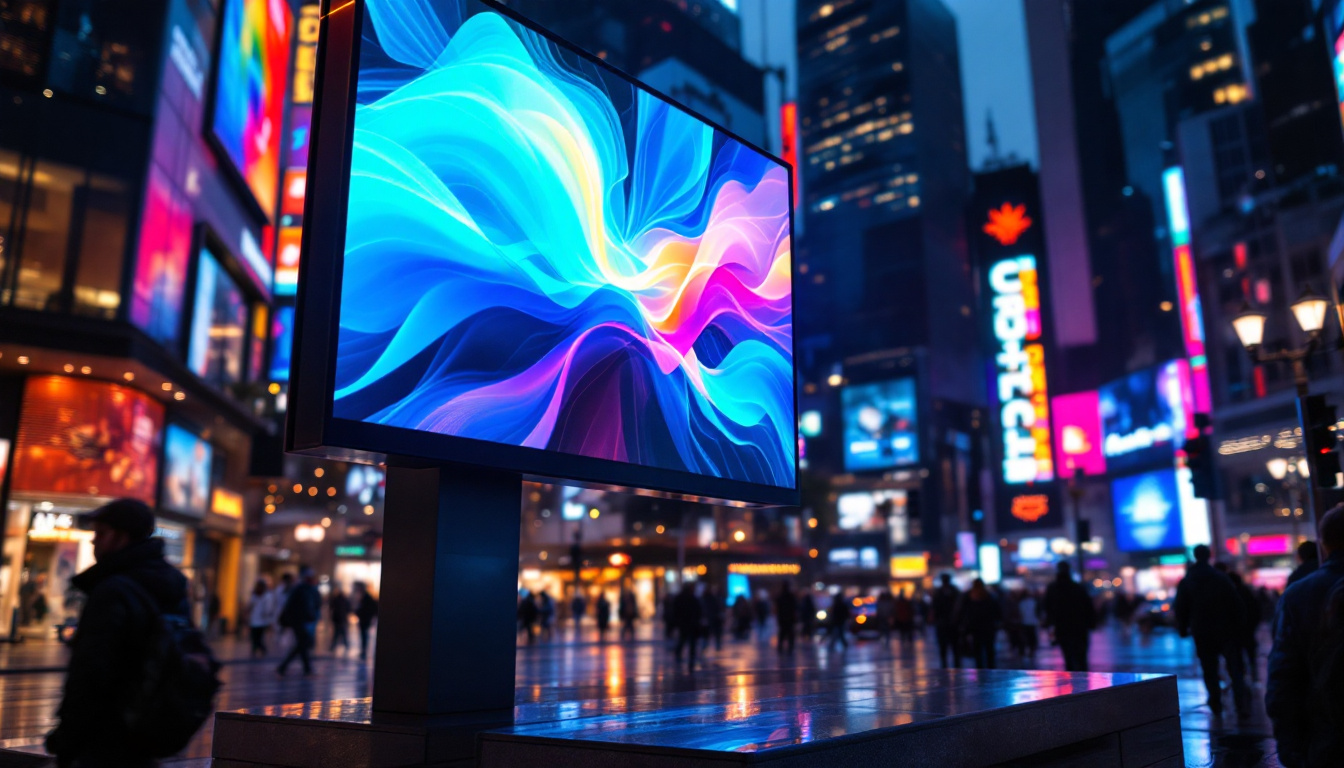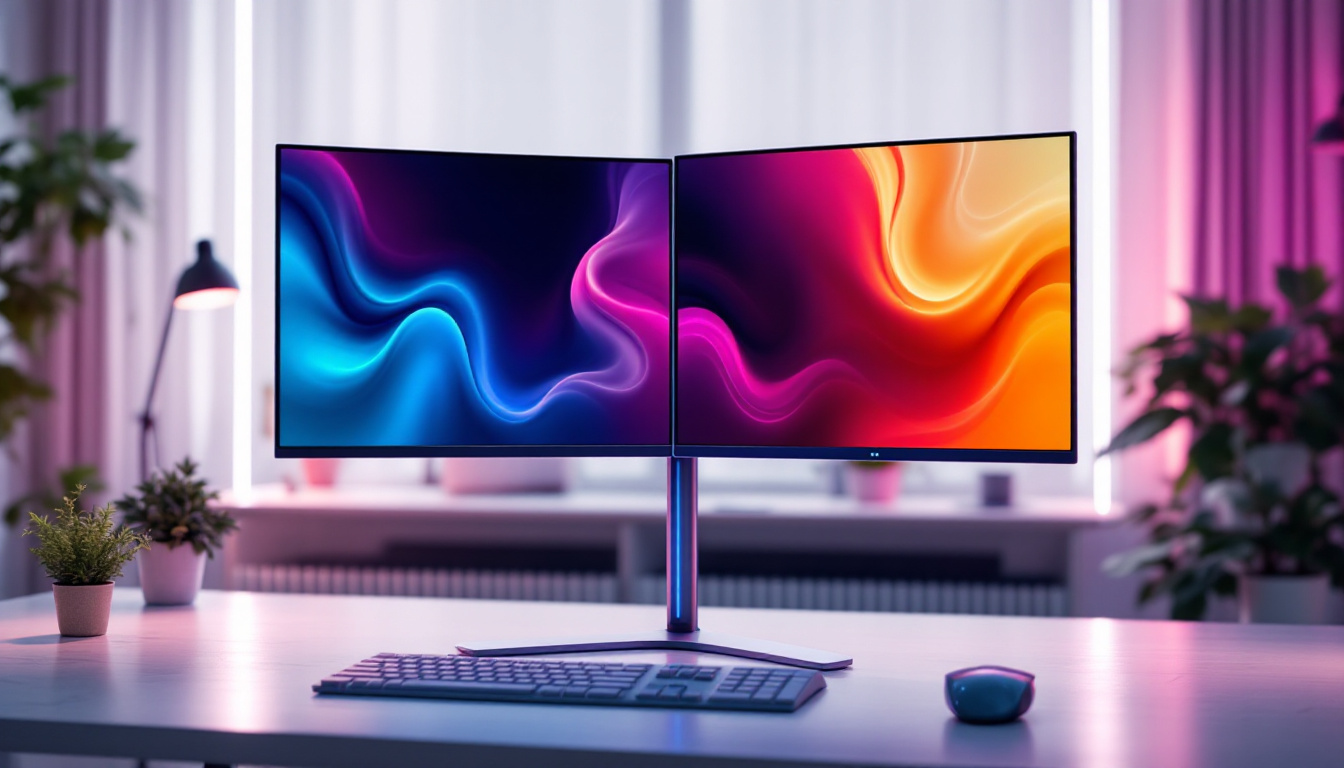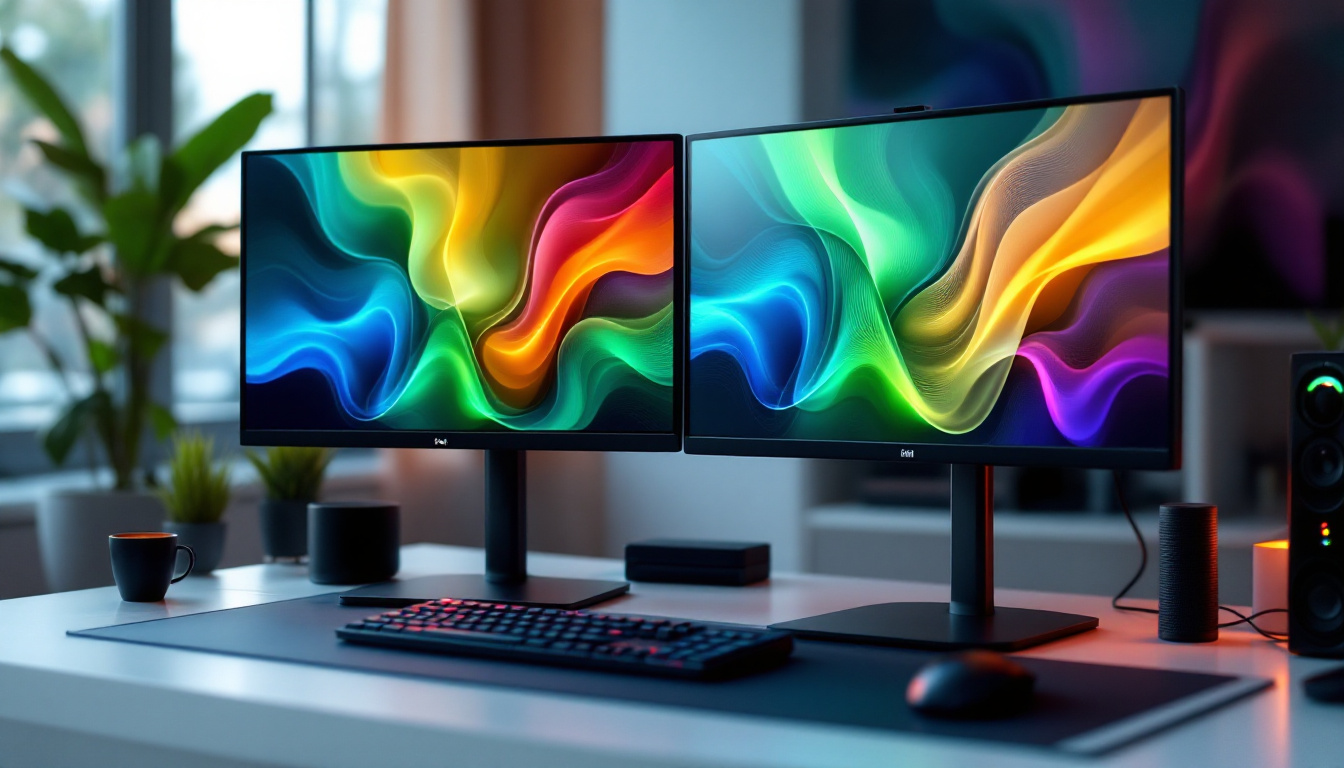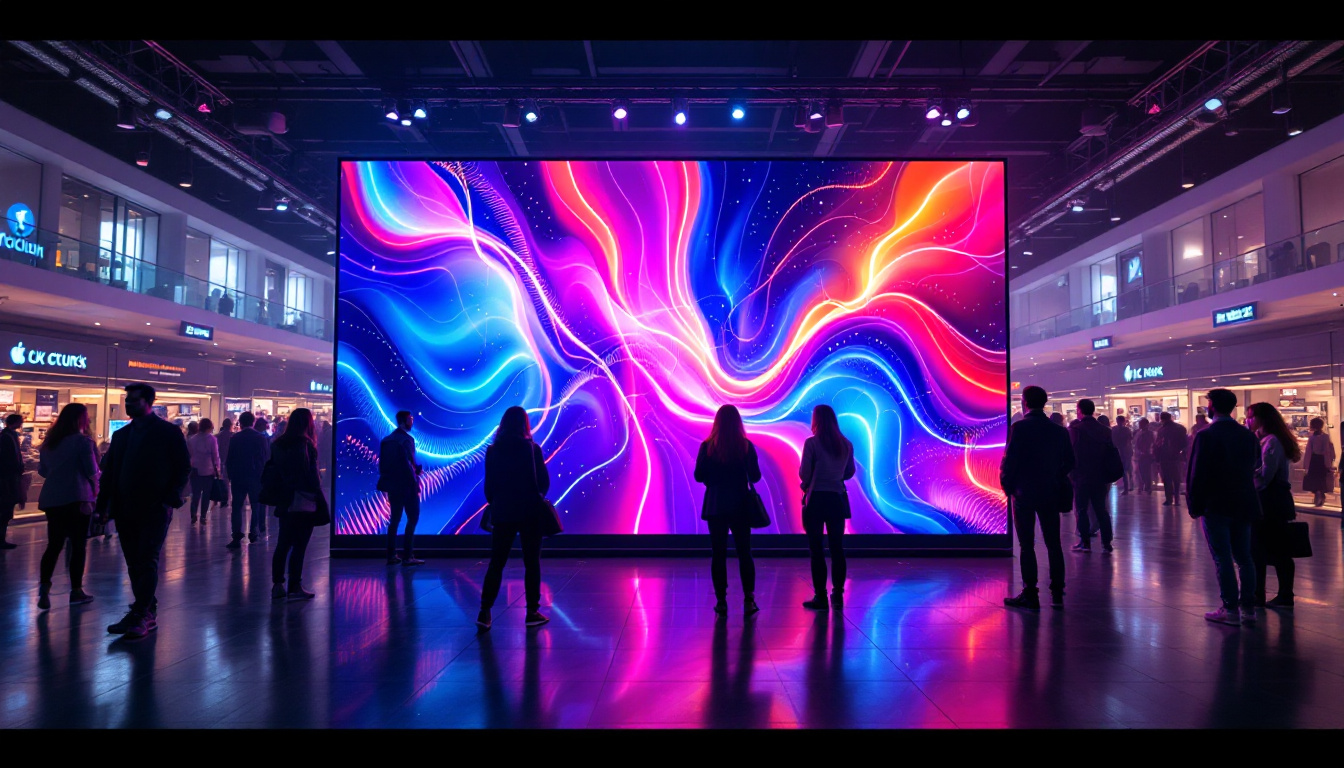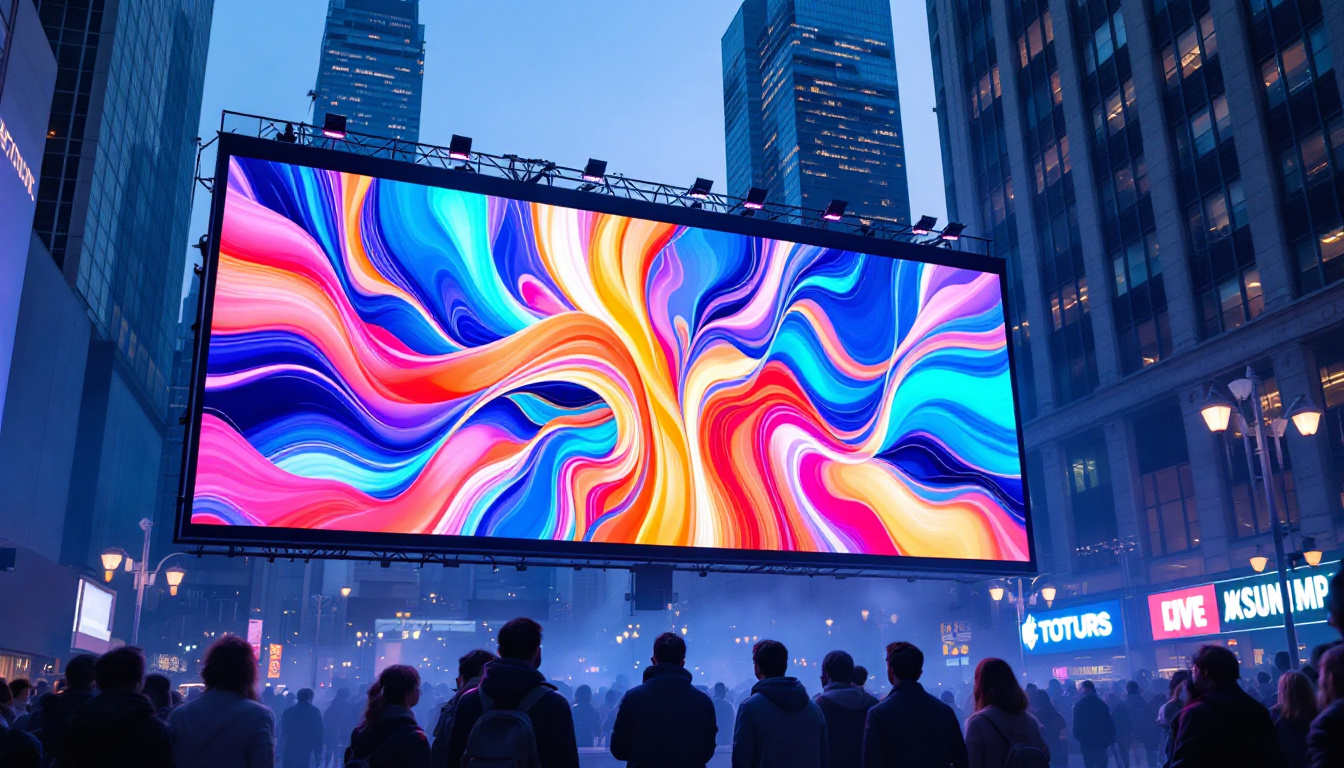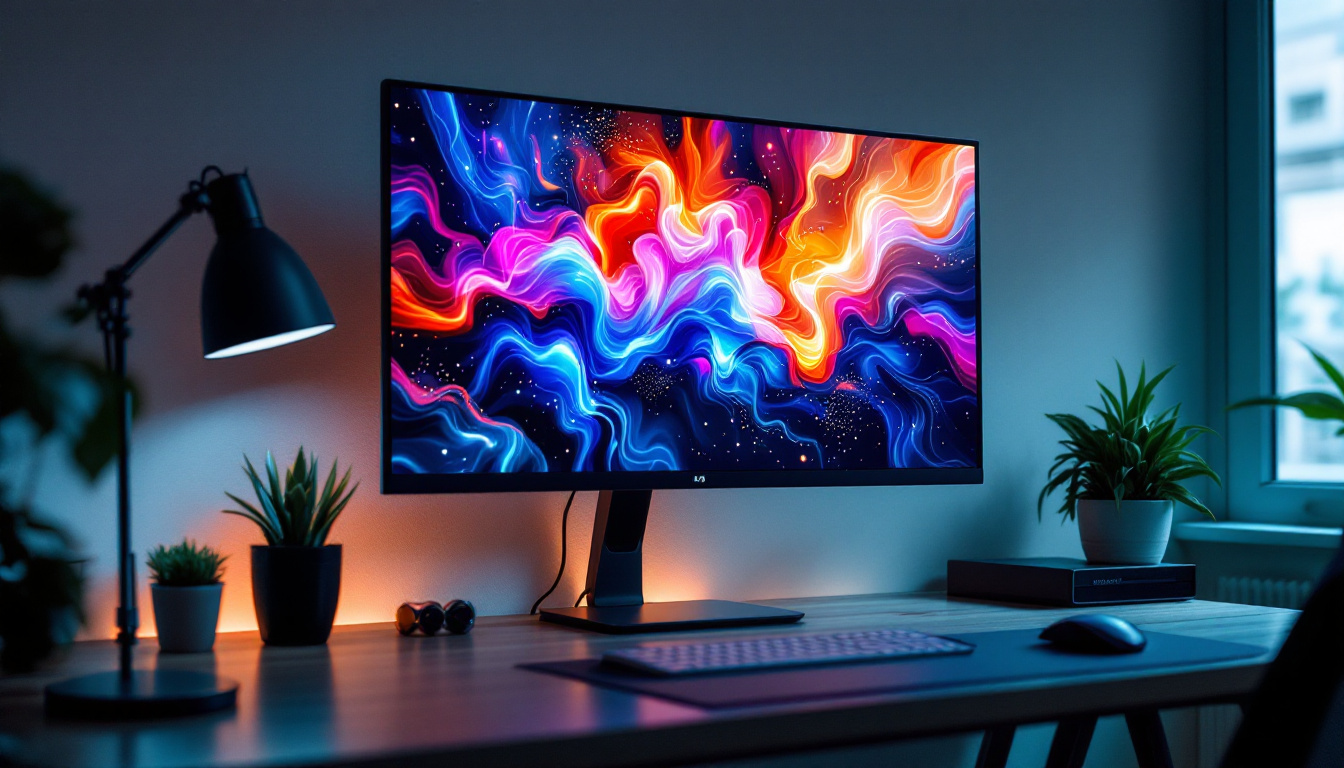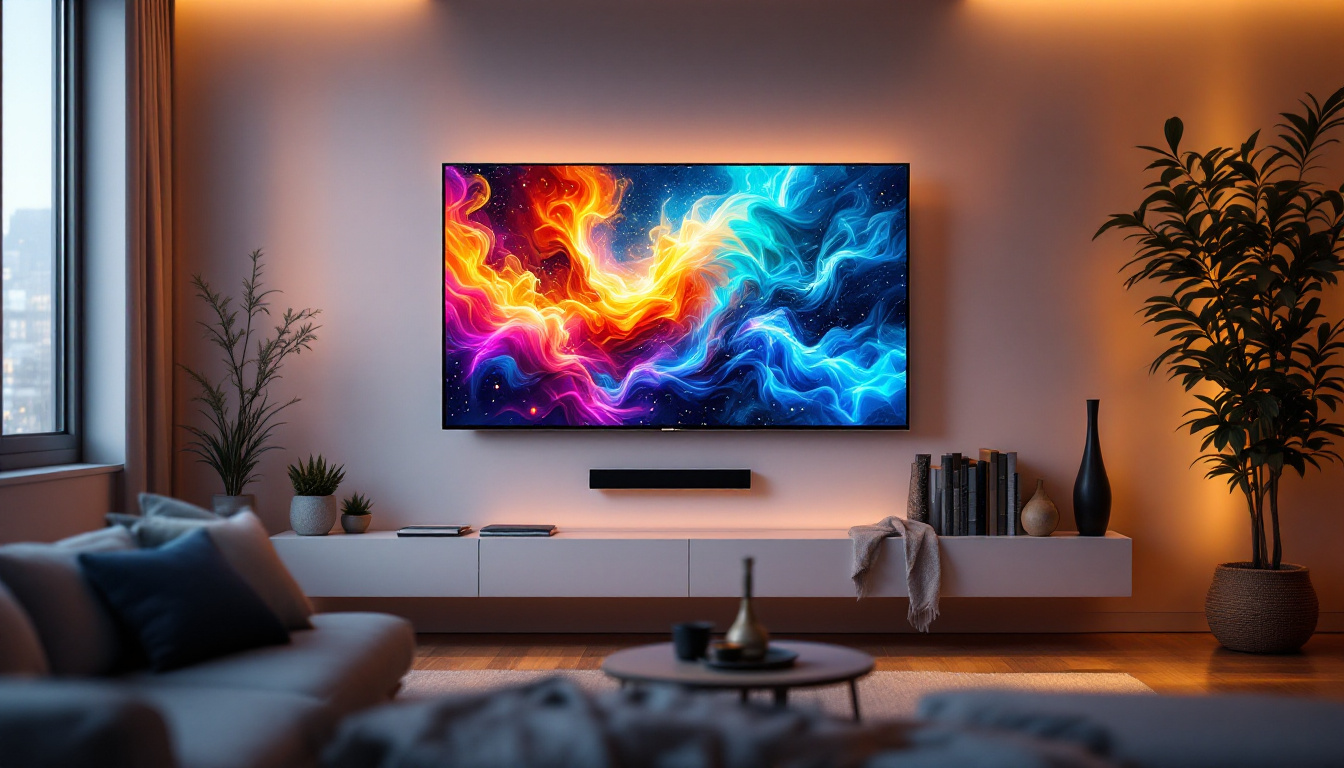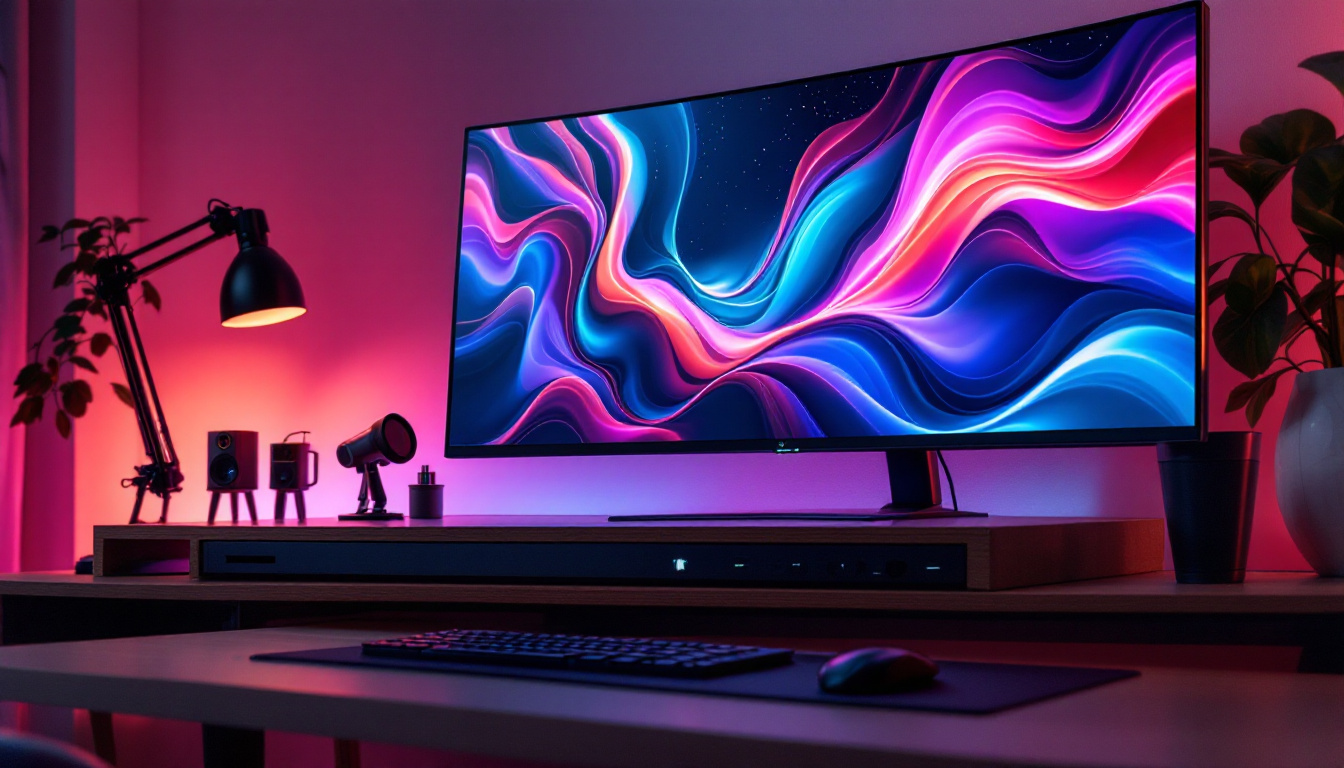Phone With LED Display: LED Display Explained
The modern smartphone has evolved significantly over the years, with various technologies enhancing user experience. One of the standout features in contemporary phones is the LED display. This article delves into what LED displays are, their advantages, and how they compare to other display technologies.
Understanding LED Displays
LED, or Light Emitting Diode, displays utilize a series of tiny diodes that emit light when an electric current passes through them. This technology has become increasingly popular in smartphones due to its vibrant colors, energy efficiency, and slim design. The compact nature of LED technology allows manufacturers to create sleek devices that fit comfortably in the palm of your hand, all while delivering stunning visual experiences. As a result, users can enjoy everything from high-definition videos to intricate gaming graphics without compromising on battery life.
How LED Displays Work
At the core of an LED display are the diodes, which can produce different colors by varying the intensity of the electric current. When combined in a matrix, these diodes can create full-color images. This technology can be found in two primary forms: OLED (Organic LED) and standard LED displays. The versatility of LED technology extends beyond just smartphones; it is also widely used in televisions, computer monitors, and even large-scale outdoor advertising screens, showcasing its adaptability across various applications.
In OLED displays, organic compounds are used to create light, allowing for deeper blacks and a higher contrast ratio. This is because OLEDs can turn off individual pixels, resulting in true black levels. Standard LED displays, on the other hand, use a backlight that illuminates the entire screen, which can lead to less impressive contrast ratios. The ability of OLED technology to produce more accurate colors and richer images has made it a favorite among photographers and videographers who require precise color representation in their work.
Types of LED Displays
There are various types of LED displays used in smartphones today, each with its unique characteristics and advantages. The most common types include:
- OLED Displays: Known for their vibrant colors and deep blacks, OLED displays are favored for high-end smartphones.
- AMOLED Displays: A variant of OLED technology, AMOLED (Active Matrix OLED) offers faster response times and better energy efficiency.
- Mini-LED Displays: A newer technology that uses smaller LEDs for backlighting, providing improved contrast and brightness levels.
In addition to these, there are also MicroLED displays, which are emerging as a potential game-changer in the display market. MicroLED technology utilizes microscopic LEDs that can create their own light, similar to OLED, but with the added benefits of higher brightness and longer lifespan. This makes MicroLED displays an exciting option for future smartphones, as they promise to deliver exceptional image quality while maintaining energy efficiency. As the competition among display technologies heats up, consumers can look forward to even more innovations that enhance their viewing experiences.
Advantages of LED Displays
LED displays offer numerous benefits that make them a preferred choice for smartphone manufacturers. Understanding these advantages can help consumers make informed decisions when purchasing a new device.
Vibrant Color Reproduction
One of the most notable advantages of LED displays is their ability to reproduce vibrant colors. The technology allows for a wider color gamut, meaning that users can enjoy more accurate and lifelike images. This is particularly beneficial for activities such as gaming and watching videos, where visual quality is paramount. In addition, the high contrast ratios provided by LED technology enhance the depth of colors, making dark scenes in movies or games appear richer and more immersive. This capability not only elevates the viewing experience but also makes LED displays a favorite among photographers and graphic designers who require precise color accuracy for their work.
Energy Efficiency
LED displays are also known for their energy efficiency. Compared to traditional LCD screens, LED displays consume less power, which can lead to longer battery life for smartphones. This is especially important for users who rely heavily on their devices throughout the day. Furthermore, the reduced energy consumption contributes to a lower carbon footprint, making LED displays a more environmentally friendly option. As sustainability becomes an increasingly important consideration for consumers, the energy-efficient nature of LED technology aligns well with the growing demand for eco-conscious products.
Thin and Lightweight Design
The slim profile of LED displays allows manufacturers to design sleeker smartphones. This not only enhances the aesthetic appeal of the devices but also makes them more portable. Users appreciate the lightweight nature of modern smartphones, which makes them easier to carry and use on the go. Additionally, the compact design enables manufacturers to incorporate larger screens without significantly increasing the overall size of the device, providing users with an expansive viewing area while maintaining comfort in handling. The advancements in LED technology also allow for flexible display options, paving the way for innovative designs such as foldable smartphones, which further push the boundaries of what users can expect from their devices.
Comparing LED Displays to Other Technologies
While LED displays have many advantages, it’s essential to compare them with other display technologies to understand their place in the market. The most common competitors include LCD (Liquid Crystal Display) and traditional OLED displays.
LED vs. LCD
LCD displays have been around for a long time and are widely used in various electronic devices. However, when compared to LED displays, LCDs often fall short in terms of color vibrancy and contrast. While LCDs can produce decent images, they struggle to achieve the same deep blacks and bright colors that LED displays offer.
Another significant difference is energy consumption. LCDs typically require more power to operate, especially when displaying bright images, which can lead to shorter battery life in smartphones equipped with this technology. Additionally, the backlighting used in LCDs can create a less uniform brightness across the screen, resulting in a less immersive viewing experience. This is particularly noticeable in darker scenes, where the contrast between light and shadow is crucial for visual storytelling.
LED vs. Traditional OLED
Traditional OLED displays have their advantages, particularly in terms of color accuracy and black levels. However, LED displays, especially the newer AMOLED variants, have closed the gap significantly. They offer similar color reproduction and black levels while also providing better overall brightness and energy efficiency.
Moreover, OLED technology can suffer from issues like burn-in, where static images can leave a permanent mark on the screen over time. This is less of a concern with LED displays, which utilize a different method of producing images. The durability of LED technology makes it a more reliable choice for applications such as digital signage and outdoor displays, where exposure to varied lighting conditions is a factor. As a result, many businesses are opting for LED displays to ensure longevity and consistent performance in their advertising efforts.
Applications of LED Displays in Smartphones
LED displays are not just limited to the main screen of smartphones. Their versatility allows them to be used in various applications, enhancing user experience in multiple ways.
Notifications and Always-On Displays
Many smartphones with LED displays feature an always-on display option, which allows users to see notifications, time, and other information without fully waking the device. This feature is particularly useful for users who want to stay informed without draining their battery by turning on the entire screen.
Camera Enhancements
LED technology also plays a crucial role in smartphone cameras. Many devices utilize LED flash for photography, providing better illumination in low-light conditions. Some smartphones even incorporate LED lights around the camera for enhanced selfies and video calls.
The Future of LED Displays in Smartphones
The landscape of smartphone displays is continually evolving, and LED technology is at the forefront of this transformation. As manufacturers invest in research and development, several trends are emerging that could shape the future of LED displays.
Improved Durability
As technology advances, manufacturers are focusing on making LED displays more durable. Innovations such as Gorilla Glass and other protective coatings are becoming standard, ensuring that screens can withstand everyday wear and tear. This is particularly important for users who lead active lifestyles and may be prone to accidental drops.
Flexible and Foldable Displays
The rise of flexible and foldable smartphones has opened up new possibilities for LED display technology. These displays can bend and fold without compromising image quality, allowing for innovative designs that were previously unattainable. As this trend continues, LED displays will likely play a significant role in the next generation of smartphones.
Conclusion
LED displays have revolutionized the smartphone industry, offering users vibrant colors, energy efficiency, and sleek designs. As technology continues to evolve, the advantages of LED displays will only become more pronounced, solidifying their place as a preferred choice for manufacturers and consumers alike.
Understanding the intricacies of LED display technology can empower consumers to make informed decisions when selecting their next smartphone. Whether it’s for gaming, photography, or everyday use, LED displays provide a superior visual experience that enhances the overall functionality of modern devices.
As we look to the future, the potential for LED displays in smartphones seems limitless. With ongoing advancements in technology, users can expect even more exciting features and innovations that will redefine the way they interact with their devices.
Discover the Future of Visual Experience with LumenMatrix
Ready to elevate your visual experience with the latest in LED display technology? Look no further than LumenMatrix, a pioneer in crafting immersive and dynamic LED display modules for a wide array of applications. From the sleek Indoor LED Wall Display to the robust Outdoor LED Wall Display, and from the innovative Vehicle LED Display to the versatile All-in-One LED Display, LumenMatrix offers tailored solutions that bring your brand to life. Embrace the future of digital signage and create unforgettable visual narratives with LumenMatrix’s cutting-edge solutions. Check out LumenMatrix LED Display Solutions today and transform the way you communicate with your audience.


